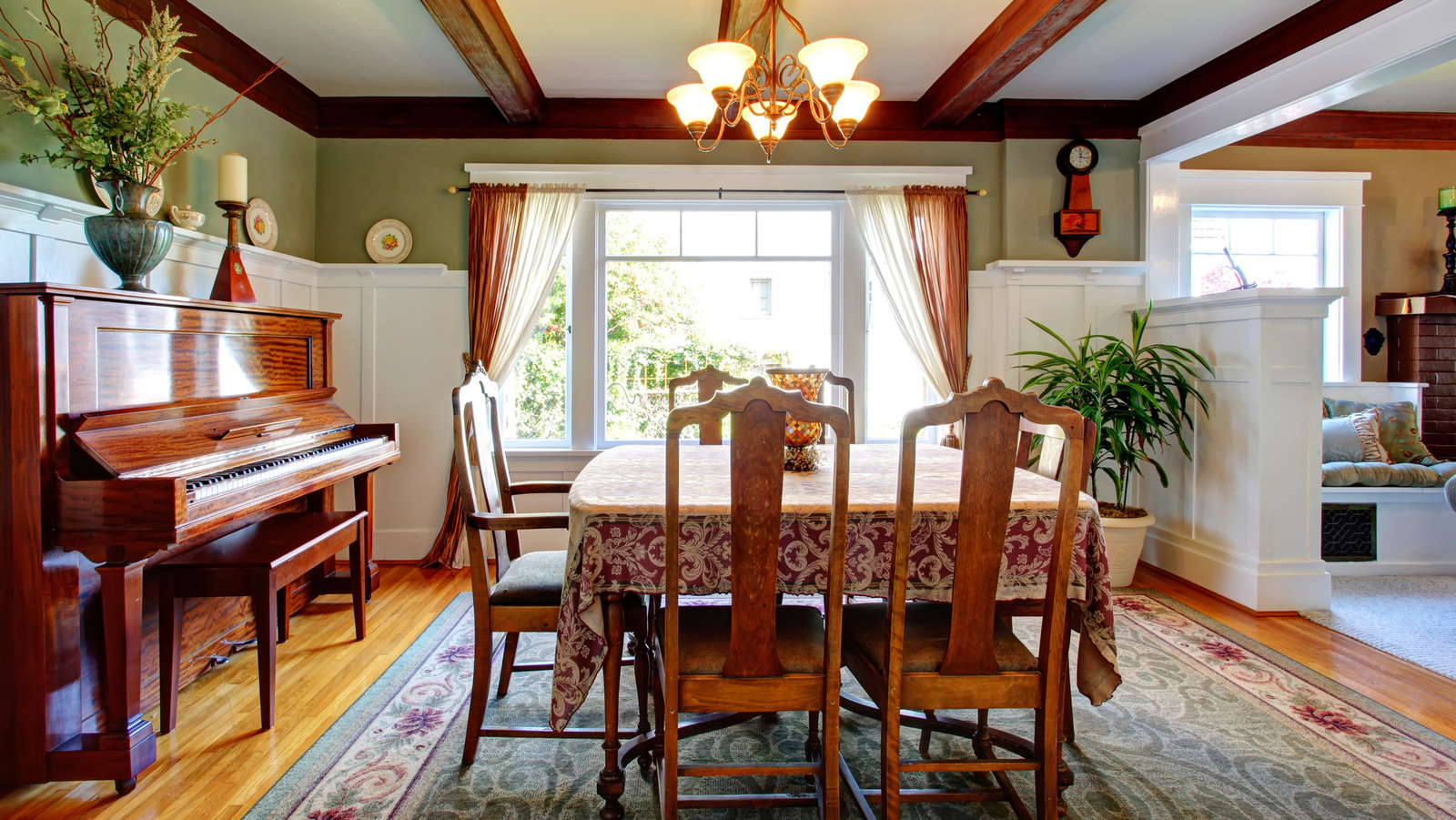Design Elements of Colonial Decor

Colonial decor, characterized by its elegant simplicity and timeless appeal, draws inspiration from the architectural and design traditions of various European colonial powers. It incorporates elements from the English, French, Spanish, and Portuguese colonial styles, each with its unique characteristics.
Architectural details in colonial interiors often include high ceilings, large windows, and intricate moldings. Furniture pieces are typically made of dark woods like mahogany and walnut, with simple lines and elegant curves. Color palettes tend to be neutral, with shades of white, cream, and beige, complemented by accents of gold, blue, or green.
Architectural Details
– High ceilings with intricate moldings
– Large windows with arched or pedimented frames
– Symmetrical floor plans with central hallways
– Wide staircases with turned balusters
– Porches and verandas with columns or pilasters
Furniture Styles
– Mahogany and walnut furniture with simple lines
– Upholstered pieces with floral or striped fabrics
– Wingback chairs with high backs and upholstered arms
– Four-poster beds with tester frames
– Dining tables with pedestal bases
Color Palettes
– Neutral colors like white, cream, and beige
– Accents of gold, blue, or green
– Patterns inspired by nature, such as floral or geometric designs
– Wallpaper with damask or toile motifs
Materials and Finishes in Colonial Decor

Colonial decor is characterized by its use of natural materials and simple finishes. Wood, textiles, and metals were the most common materials used in colonial homes, and they were often left unadorned or finished with simple stains or paints.
Wood was the most important material in colonial decor. It was used for everything from furniture to flooring to paneling. Pine, oak, and maple were the most popular types of wood used, and they were often left unstained or stained with a simple brown or black finish.
Textiles were also important in colonial decor. They were used for everything from curtains to upholstery to bedding. Linen, wool, and cotton were the most popular types of textiles used, and they were often left undyed or dyed with simple colors such as blue, red, or green.
Metals were also used in colonial decor, but they were less common than wood and textiles. They were often used for hardware, such as hinges, latches, and doorknobs. Iron, brass, and copper were the most popular types of metals used, and they were often left unpolished or polished with a simple wax finish.
Finishes
The finishes used on colonial furniture and accessories played an important role in enhancing their character. Stains, paints, and patinas were the most common types of finishes used, and they were often applied in simple, understated ways.
Stains were used to darken the wood and bring out its grain. They were often applied in a single coat, and they were allowed to dry naturally. Paints were used to add color to furniture and accessories. They were often applied in multiple coats, and they were often distressed to give them an aged look.
Patinas were used to create a weathered or aged look on furniture and accessories. They were often applied in multiple layers, and they were allowed to dry slowly. Patinas can be created using a variety of materials, such as vinegar, tea, and coffee.
Specific Materials and Finishes
Some of the specific materials and finishes that add authenticity to colonial interiors include:
- Pine, oak, and maple wood stained with a simple brown or black finish
- Linen, wool, and cotton textiles left undyed or dyed with simple colors such as blue, red, or green
- Iron, brass, and copper hardware left unpolished or polished with a simple wax finish
- Stains applied in a single coat and allowed to dry naturally
- Paints applied in multiple coats and often distressed to give them an aged look
- Patinas created using a variety of materials, such as vinegar, tea, and coffee
Furniture and Furnishings in Colonial Decor

Colonial furniture was characterized by its simplicity, functionality, and elegance. The furniture was often made of locally sourced wood, such as oak, maple, and pine. The pieces were typically sturdy and well-constructed, with simple lines and clean finishes.
Key Furniture Pieces, Colonial decor
The most common furniture pieces found in colonial homes included chairs, tables, and beds. Chairs were typically made of wood, with upholstered seats and backs. Tables were often trestle-style, with a long, rectangular top supported by two or more trestles. Beds were typically large and four-poster, with a canopy of fabric or wood.
Distinctive Styles and Construction Techniques
Colonial furniture was often decorated with simple carvings or moldings. The pieces were often painted or stained in a variety of colors, including black, red, green, and blue. The construction techniques used in colonial furniture were often quite simple, with mortise and tenon joints being the most common.
Textiles and Other Furnishings
Textiles played an important role in completing the colonial decor aesthetic. Curtains, bedspreads, and upholstery were often made of wool, linen, or cotton. The fabrics were often decorated with simple patterns, such as stripes or checks. Other furnishings, such as rugs, mirrors, and clocks, were also used to add to the colonial decor.
The colonial decor, with its dark woods and ornate carvings, once reigned supreme. Today, however, contemporary interior designers have breathed new life into these classic pieces, blending them seamlessly with modern elements. The result is a sophisticated and eclectic style that pays homage to the past while embracing the present.
Colonial decor, once relegated to the history books, has been given a fresh lease on life, proving its enduring appeal.
Colonial decor, with its timeless elegance and rich hues, evokes a sense of grandeur and warmth. If you’re looking to elevate your kitchen’s aesthetic with this classic style, consider seeking the expertise of a kitchen interior designer near me.
Their insights and creative flair can help you create a space that seamlessly blends colonial charm with modern functionality, ensuring your kitchen becomes a centerpiece of your home.